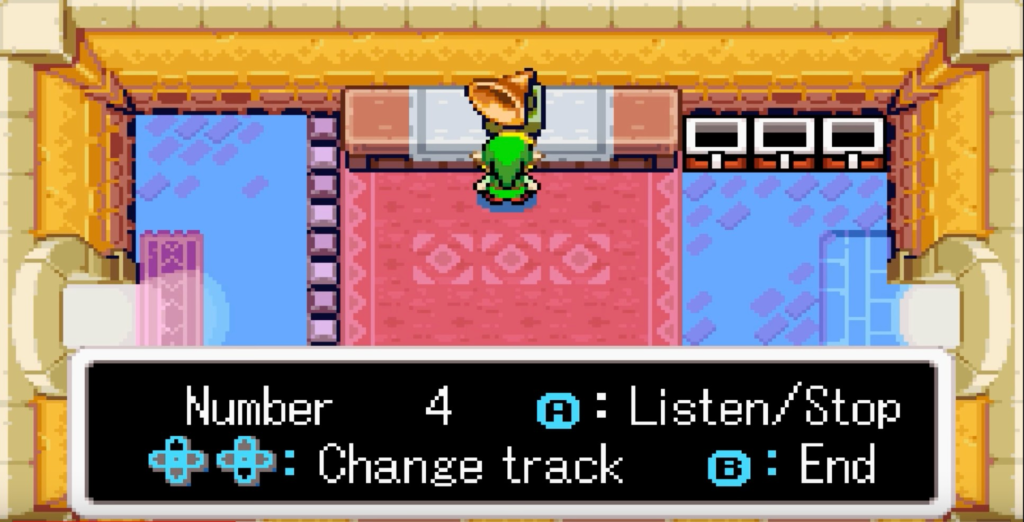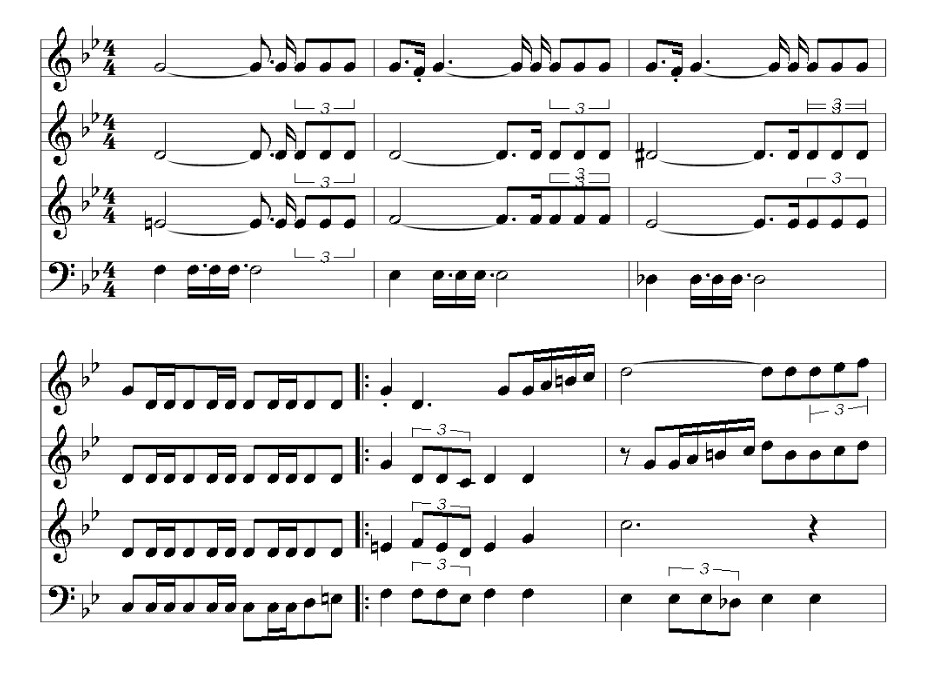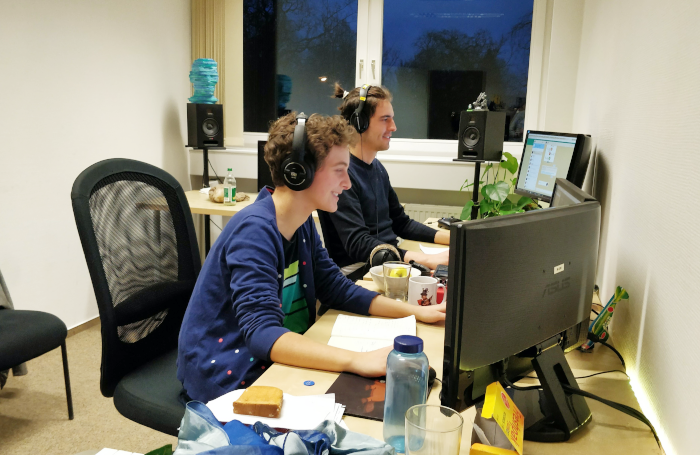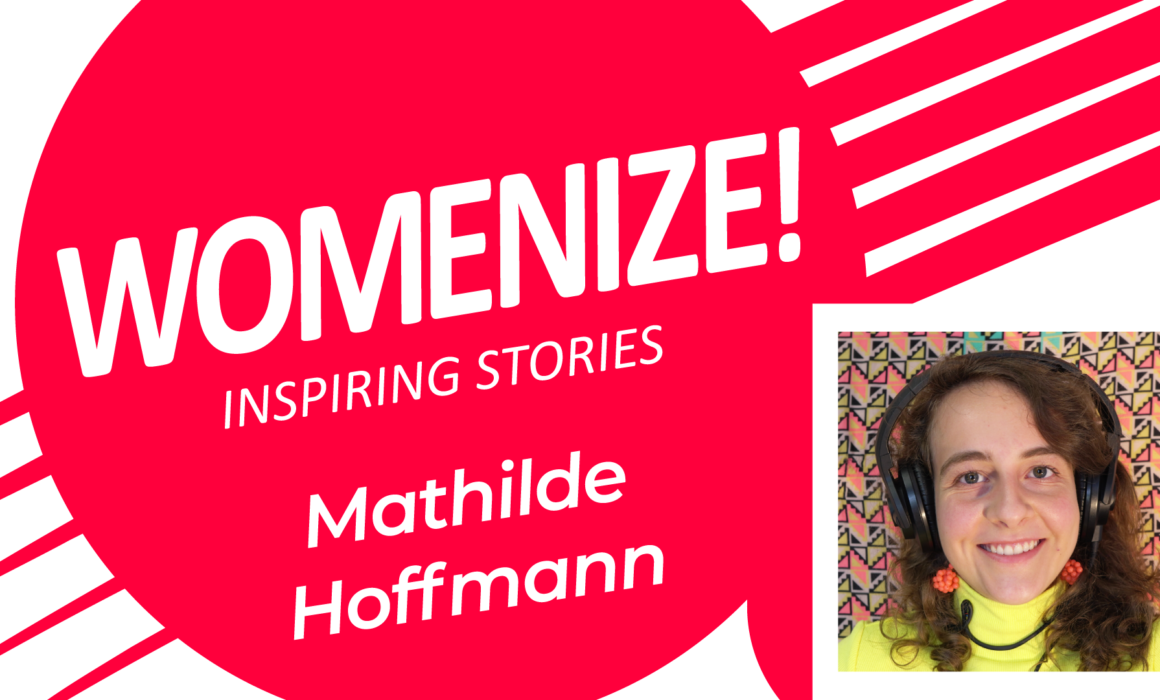Mathilde Hoffmann – Womenize! – Inspiring Stories
Womenize! – Inspiring Stories is our weekly series featuring inspirational women from games and tech. For this edition we talked to Mathilde Hoffmann, who does Sound Design for games. She talks about her inspirations and how the appreciation of music and sound in games has evolved. Read more about Mathilde in this interview:
What inspired you to become a Sound Designer for games?
It might sound cliché – but looking back, it all started with the Game Boy. I had very early started to plug in whatever crappy headphones I could find into my Game Boy so that I could sneakily play at night without missing out on the game sounds.
Whenever I was on the hunt for Pokémon, I used to close my eyes and listen to the Pokémon cry first to raise the excitement if it was really the one I was looking for. By listening through headphones I started noticing details in the sound effects, for instance, that “very effective” attacks have a different impact sound than “normal” or “not very effective” attacks. I started solving the dark dungeons where you couldn’t see anything without using the “flash” ability to light up the caves – I navigated blindly, just by listening to the bump sounds when you hit a wall and formed a map of the walls in my head to make it to the end.
Yet, at that moment in time, I did not know of the profession of a sound designer and I didn’t give it much more thought, because I was focused on something else entirely: video game music. And it is another memory connected to the Game Boy that made me fall in love with VGM!
In “The Legend of Zelda: Minish Cap”, there is a room that has a phonograph in it. It’s a lot of work to get the key to that room but when you’ve made it inside, you’re rewarded with a playlist where you can listen to all of the game’s songs through that phonograph. So the Game Boy basically became my first mp3 player!

When I was a teenager and Youtube became more and more popular, I discovered channels that uploaded video game soundtracks. It led me down a rabbit hole of discovering more and more video game music, from all kinds of games I had never played but would grow to know every single music track of. While others loved Linkin Park and Avril Lavigne, video game music really became the music I identified with the most. I loved that there were so many different musical genres, odd instruments, synthesized sounds I had never heard before, so many memorable melodies without a person singing them, and each track promised to let you escape into imaginary fantasy worlds because they were after all written for different levels in games.
It became my hobby to transcribe video game music to notation software and try to come up with my own arrangement of songs.

My first arrangement: The Legend of Zelda Overworld Theme for 2 Trumpets, Horn, and Trombone
One day, my sister Greta, who to me definitely is an inspiring woman in the games industry, and who I always shared a love for video games with, said to me, if you can transcribe these music pieces note by note on a notation software – why don’t you write your own video game music? I used her game design ideas as prompts and took my first step into music composition. And to this day we work together on game projects!
What does your path from there look like, how did you end up as a Sound Designer for games? And any advice for people who strive for a similar career?
When I finished my A-levels in 2013, I still didn’t know what a sound designer was. However, I still had that dream of becoming a video game composer! I went to a career consultation program that my school offered, and asked about a course of studies where I could learn how to write music for advertisements or games. And I was lucky: the music academy representative had heard of this new course of studies called “Music Design” where they composed ringtones for cellphones and designed sounds for cars – I thought that was super cool and it was where I ended up one year later: studying “Musikdesign” in a small music academy in a town called Trossingen.
Very early on we were taught that the three pillars of good audio are the combination and interplay of Voice; Music; and Sound Design. That was the first time I had heard the term “sound design” and it would stick with me for the years to come.
During my time in Trossingen, I started attending my first game jams and practicing how to create assets, name them, export them correctly, and learned what Github is and how to use it.
Still pursuing my video game composer dream, when it came to the mandatory internship in our 7th semester, I tried my very best to get a position at a games company. I quickly found that in-house composers in game companies are super rare, so I aimed for a sound design position instead. I put together several showreels that were very personalized to the companies I was applying for, always trying to include portfolio pieces that were closely connected to the company. That way I managed to secure an internship at Daedalic Entertainment in Hamburg.
At Daedalic I met a bunch of wonderful co-workers – especially my boss Ivo Sissolak, who was the lead sound designer there at that time and has grown to be my best friend over the time of my internship, where we worked together on the adventure game: “Ken Follett’s: The Pillars of the Earth”.

Together with Ivo at their workplace at Daedalic Entertainment
After my internship ended, it was he who recommended me and my boyfriend, Felix Barbarino, as composers and sound designers for “Unrailed!”. We spent roughly one and a half years composing and working on “Unrailed!” while making a living through a part-time job at a recording studio.
When “Unrailed!” became a success, I managed to quit my part-time job and acquire new exciting projects, and am lucky today to be working as a freelancer with multiple game companies and teams on game projects. Sometimes I’m hired only as a sound designer, sometimes only as a composer, sometimes both.
Although my dream had been from the beginning to be a composer, I have grown to love the craft of sound design and would not be able to choose which one I like the most. Quite the opposite in fact – the favorite part of my job however is where music and sound design intertwine – when I can include musical aspects into the sound design (e.g. little melodies for the sound effect when you solve a puzzle) or when I can apply sound design techniques to my music (e.g. the music in “Unrailed!” changes depending on the weather – it sounds more bubbly when there is rain and it sounds muffled when there’s fog). So nowadays I refer to myself as a “Music Designer”.
Takeaways from my story for other aspiring sound designers would be:
1) I don’t think it’s necessary to study sound and/or music – nobody ever asked for my degree. However, it helped a lot to be in an environment for 4 years where I could focus on improving my skills, where there were people around me I could learn from and who could motivate me.
I would try to find an environment of encouragement and cool learning resources on YouTube (recommendations: 8-bit music theory, Marshall McGee, Braden Parkes) or Discord (for example on the “workwithindies”-Discord there are occasional sound design jams where a group of people design sound to the same video clip: http://discord.gg/workwithindies)
2) Go to game jams early on! Start now! Learn GitHub! Also try looking at audio middleware (FMOD, Wwise) for interactive audio, I use it in most of my projects now. FMOD has great learning resources on its website that show what middleware can do!
3) If you want to become a sound designer, the safest position you can be in is fully employed at a company – try to make your application as personal as possible, with short and on-point video examples that are easy to navigate through! An internship or a permanent position in a games company is also a great starting point for making connections in the games industry.
If you want to work as a freelancer on multiple projects, however, I would recommend taking on a part-time job to secure financial stability. The start of a freelance business is rough and projects won’t come in until you’ve built up a bit of a reputation, so it’s good to not be financially fully dependent on the freelance business in the beginning.
Do you think the way video game soundtracks get acknowledged and appreciated by consumers has changed within the last years or decades?
For sure they have! The best example would be Riot Games with the music groups based on their champions, such as K/DA with over 300 million plays on Spotify. Apart from being a game development company, Riot Games has definitely turned into a music label as well.
Nowadays, many people have video game soundtracks in their playlists, be it to motivate themselves or to listen to while working or studying. Depending on the success of the game, a composer can make quite a bit of money through soundtrack sales as well so it’s always worth putting the soundtrack out there as a DLC on Steam or on streaming platforms such as Bandcamp or Spotify.
But I also feel like sound design is being paid closer attention to. The application templates for games funding usually include the audio position as part of the calculation. This has helped a lot with creating awareness of how important it is to keep the audio side of things in mind from the beginning of planning your game. I feel like way more developers approach me in earlier stages of their projects, whereas at the beginning of my career, audio was often times an afterthought and only added to the game in the last few weeks when the time had nearly run out!
When I started my career I was told by big mobile game companies that they won’t hire a sound designer, since 80% of the players play with the audio turned off on their phones. Yet, the song that was voted “favorite video game song of 2021” in a VGM Discord community with 400 members that I’m very active in, was the soundtrack of Alto’s “Odyssey: The Lost City” – which is a mobile game.
The tides are definitely turning for game audio – I strongly believe in it!
Womenize! – Inspiring Stories Feature by Jessica Hackenbroch

